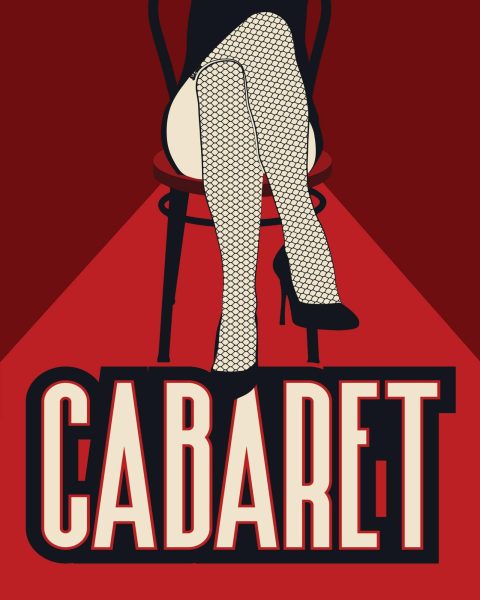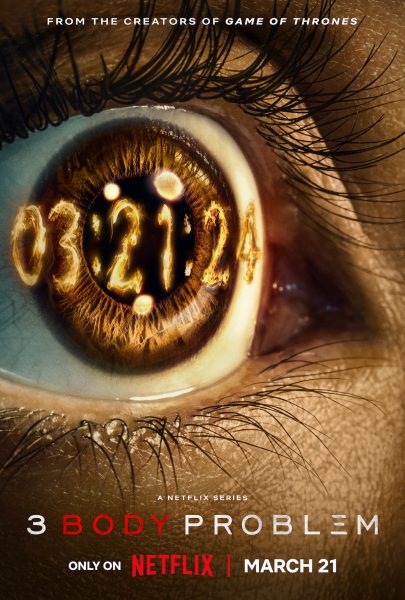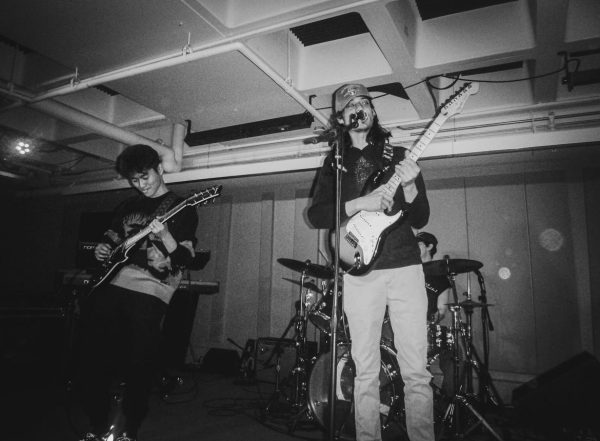“The Monuments Men” not so monumental
February 14, 2014
Directed and written (and starring) one mustachioed George Clooney, the billing for “The Monuments Men” is enough to get even the most cynical of moviegoers excited. It’s got history, war and a dream team of actors all rolled up into one high-budget cinematic presentation. Stop reading the review right now because if common sense is anything to go by, this movie will already have gotten a 99 percent on RottenTomatoes, with only one person holding out a positive review due to an irrational hatred of Bill Murray.
But, for the curious reader: Buckle down because this review is likely to dash your hopes of a mainstream film providing a critical examination of art’s place in society. Or the hope that this movie could actually be good. Indeed, “The Monuments Men” is one of those outlandishly promising films that turns out to be far less than the sum of its parts.
The movie opens with a rousing call to action delivered by Frank Stokes, as played by Clooney, urging President Franklin D. Roosevelt (Michael Dalton), skeptically sitting in a movie theater, to alter the Allied war strategy to prevent any unnecessary damage to Europe’s exquisite architecture and to mobilize a force to intercept as many plundered pieces as possible. To that end, Roosevelt authorizes the formation of a cadre of art scholars under the banner of “The Monuments Men.” Here, the film’s plot and theme are spoon fed to the audience: Art is a record of humanity’s triumphs and as such, ought to be protected at all costs. This is just one of the many monologues delivered that tells exactly what the audience should be feeling and thinking during a specific scene. These moving speeches, often given via voice-over, are used as a crutch perhaps in recognition that the plot itself is incapable of organically evoking any real sympathy or inspiration.
The reason for its hollow projection is due to a lack of focus within the narrative structure. Shortly after Clooney’s character assembles his dream team, consisting of familiar faces such as John Goodman, Bill Murray and Matt Damon, the squad is broken up into smaller units that are each tasked with tracking down a different piece of art. This divided structure carries on for most of the film, obfuscating the real plot, which turns out to be securing a hidden trove of art before the Soviets arrive on the scene. In place of a coherent story, we’re given instead a series of humorous antics that, while entertaining at first, quickly become tiresome. Once the audience is actually introduced to the overarching mission, the slapstick inundation has already drained the movie of any lasting poignancy.
There are still a few touching scenes, however. For instance, Damon’s character happens upon a warehouse of household items stolen from Jewish homes and takes it upon himself to return a portrait to an abandoned apartment. Or, the scene where the troupe discovers a crate of gold fillings ripped from the mouths of Holocaust victims. But the power of each of these scenes comes from the memory of people not seen on screen, the real victims of war—the characters we are given and do see simply aren’t developed enough to care about. They’re introduced and, in some cases, offed with no real consequence attached. So underdeveloped are the stars, especially Hugh Bonneville’s acting, that a monologue, encapsulating the sum of the character’s troubled past, quest for redemption or hopes and dreams, etc., is delivered to a tearless audience upon each death.
Despite their shallow development, the characters are somewhat endearing. Their penchant for clever one-liners, especially those bandied between Damon and Clooney, is an appreciated indication of the movie’s unfulfilled potential. But you’ll need to come prepared with a background in art history if you’re to fully appreciate the film. Rubens? Who was he? Why should I care about a self-portrait by Rembrandt? The movie asks its viewers to accept the gravity of the The Monuments Men’s mission without properly educating its audience. If you would like to actually familiarize yourself with the aforementioned artists, this critic would highly recommend a class with Case Western Reserve Professor Scallen.
“The Monuments Men” simply fails to engage the audience with history, with regards to both the war and the art, neither succeeding as an intelligent thriller or as a captivating action flick (or a decent comedy for that matter). If you have a strange obsession with high-budget depictions of Europe circa 1945, then sure, go ahead and watch this. Otherwise, save your money. Roosevelt asks Clooney’s character moments before the credits roll if anyone will care about the art 30 years after the war, but to be frank (no pun intended, Mr. President), “The Monuments Men” would be fortunate to be remembered after just one.






















